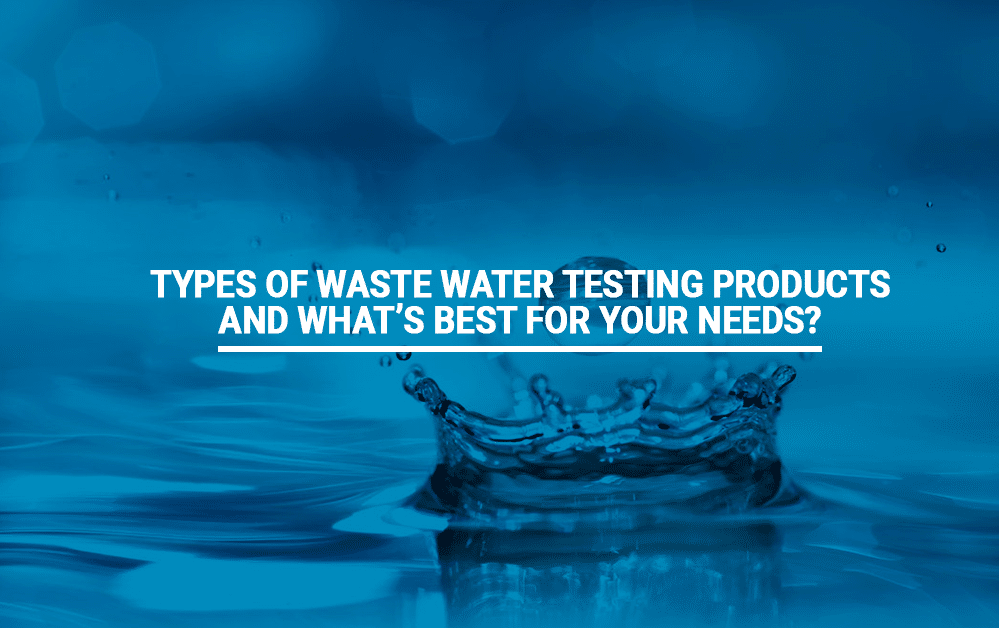There are a number of different wastewater testing products out there for your business to choose from, but some will be better suited to your needs than others. These water testing kits can range in price, portability, and the method they use to collect and test the wastewater sample. The Environmental Protection Agency (EPA) has laid out approved industry-specific wastewater collection and testing methods on their website, including those for the manufacturing, pesticide, and pharmaceutical industries. But every business has its own set of priorities when testing the toxicity of wastewater. Below, we’ll talk about some of the most popular types of wastewater test kits and the benefits of each.
Drop-Mixing Test Kits
This method involves putting a drop of a solution into a water sample and mixing the two around. The person analyzing the sample will then measure the results. This process involves several different steps and can take a few minutes to complete, including measuring the water sample and preparing the sample. You should only be using the drop-mixing method if your employees are working in an enclosed space that’s protected from the elements. The drop-mixing method tends to be a delicate process and can easily go awry if the person analyzing the sample is dealing with an unpredictable environment or if they are not adequately trained in this method.
Water Test Strips
This method involves putting a thin strip of paper into the water sample that’s been collected and measuring how the paper strip reacts based on the chemical makeup of the water sample. The person analyzing the water sample will still need to measure the correct amount before testing it with the strip. This method can be less time consuming than the drop-mixing method, but dipping a paper strip into the water sample is not an exact science. The results can vary if the person leaves the strip in too long.
Self-Filling Ampoule
This method involves using a self-filling ampoule that automatically fills up with the correct amount of water. The testing reagent is already inside, so the tester does not have to worry about pouring or mixing the two substances together. This significantly reduces the chances of an error occurring during the testing process because the person doing the testing does not have to measure the sample beforehand. People doing the testing can also easily carry around the supplies, as they don’t have to transport multiple containers and testing reagents. The person doing the testing also doesn’t have to come into contact with the sample, further limiting the chances of error or contamination.
The self-filling ampoule method is by far considered the most efficient water testing method in any industry. These ampoules provide more accurate test results and do not leave as much room for error as more traditional testing methods like paper strips and drop-mixing.
If your facility is interested in learning more about the self-filling ampoule method, please contact Chemtech International to speak to a water testing supplies professional.
